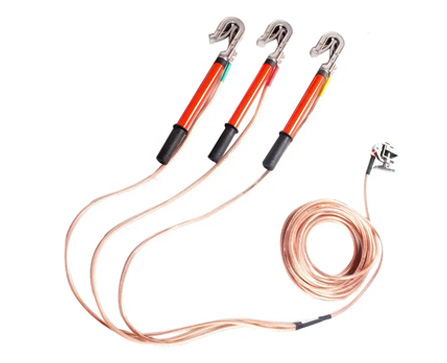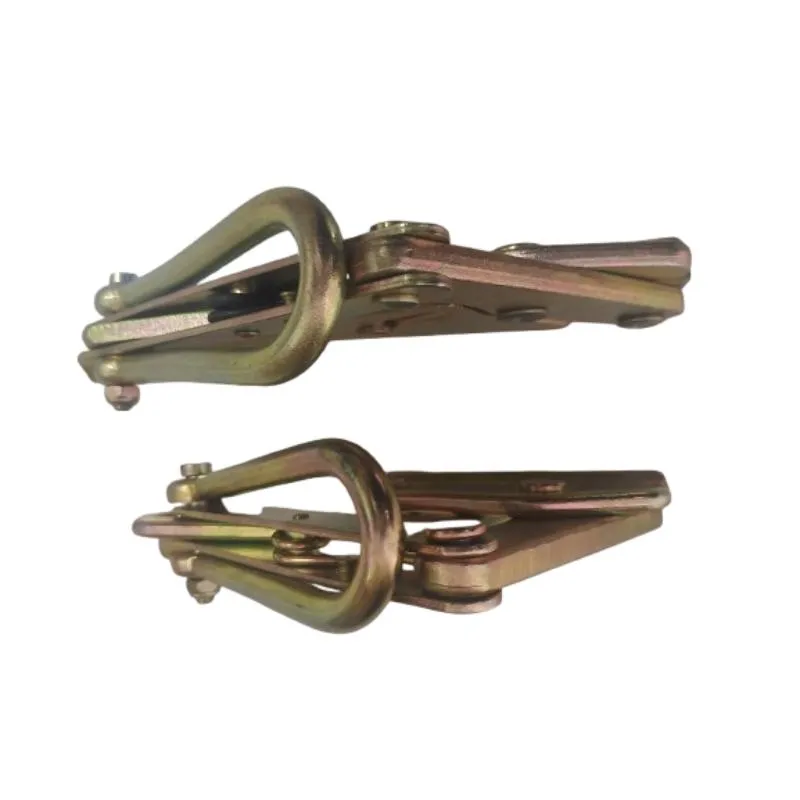
-
 Afrikaans
Afrikaans -
 Albanian
Albanian -
 Amharic
Amharic -
 Arabic
Arabic -
 Armenian
Armenian -
 Azerbaijani
Azerbaijani -
 Basque
Basque -
 Belarusian
Belarusian -
 Bengali
Bengali -
 Bosnian
Bosnian -
 Bulgarian
Bulgarian -
 Catalan
Catalan -
 Cebuano
Cebuano -
 Corsican
Corsican -
 Croatian
Croatian -
 Czech
Czech -
 Danish
Danish -
 Dutch
Dutch -
 English
English -
 Esperanto
Esperanto -
 Estonian
Estonian -
 Finnish
Finnish -
 French
French -
 Frisian
Frisian -
 Galician
Galician -
 Georgian
Georgian -
 German
German -
 Greek
Greek -
 Gujarati
Gujarati -
 Haitian Creole
Haitian Creole -
 hausa
hausa -
 hawaiian
hawaiian -
 Hebrew
Hebrew -
 Hindi
Hindi -
 Miao
Miao -
 Hungarian
Hungarian -
 Icelandic
Icelandic -
 igbo
igbo -
 Indonesian
Indonesian -
 irish
irish -
 Italian
Italian -
 Japanese
Japanese -
 Javanese
Javanese -
 Kannada
Kannada -
 kazakh
kazakh -
 Khmer
Khmer -
 Rwandese
Rwandese -
 Korean
Korean -
 Kurdish
Kurdish -
 Kyrgyz
Kyrgyz -
 Lao
Lao -
 Latin
Latin -
 Latvian
Latvian -
 Lithuanian
Lithuanian -
 Luxembourgish
Luxembourgish -
 Macedonian
Macedonian -
 Malgashi
Malgashi -
 Malay
Malay -
 Malayalam
Malayalam -
 Maltese
Maltese -
 Maori
Maori -
 Marathi
Marathi -
 Mongolian
Mongolian -
 Myanmar
Myanmar -
 Nepali
Nepali -
 Norwegian
Norwegian -
 Norwegian
Norwegian -
 Occitan
Occitan -
 Pashto
Pashto -
 Persian
Persian -
 Polish
Polish -
 Portuguese
Portuguese -
 Punjabi
Punjabi -
 Romanian
Romanian -
 Russian
Russian -
 Samoan
Samoan -
 Scottish Gaelic
Scottish Gaelic -
 Serbian
Serbian -
 Sesotho
Sesotho -
 Shona
Shona -
 Sindhi
Sindhi -
 Sinhala
Sinhala -
 Slovak
Slovak -
 Slovenian
Slovenian -
 Somali
Somali -
 Spanish
Spanish -
 Sundanese
Sundanese -
 Swahili
Swahili -
 Swedish
Swedish -
 Tagalog
Tagalog -
 Tajik
Tajik -
 Tamil
Tamil -
 Tatar
Tatar -
 Telugu
Telugu -
 Thai
Thai -
 Turkish
Turkish -
 Turkmen
Turkmen -
 Ukrainian
Ukrainian -
 Urdu
Urdu -
 Uighur
Uighur -
 Uzbek
Uzbek -
 Vietnamese
Vietnamese -
 Welsh
Welsh -
 Bantu
Bantu -
 Yiddish
Yiddish -
 Yoruba
Yoruba -
 Zulu
Zulu


TEL:
0086-311-88862036
Jan . 14, 2025 13:19 Back to list
fish tape wire puller
Drawing from years of experience in electrical installations and maintenance, using fish tape to pull wire is a skillful art that combines precision, expertise, and a deep understanding of the wire-routing process. This tool, indispensable for both amateur DIY enthusiasts and seasoned electricians, simplifies running new wiring through walls, ceilings, and conduit.
Consider the material of the fish tape steel tapes are excellent for most general uses, especially where strength is paramount, but may pose a shock risk if they come into contact with live wires. In contrast, fiberglass variants, while slightly more flexible, offer an insulating property that minimizes this risk, thus enhancing safety—a priority for credible practitioners committed to best practices. Establishing trustworthiness in using fish tape also involves prioritizing safety and risk management. Clear all conduits of any power and ensure circuits are deactivated before beginning. This practice not only protects the installer but also preserves the integrity of the wire and fish tape itself. Moreover, honing expertise with this tool also means understanding its limitations and knowing when additional tools might be required. For instance, in situations where the path includes numerous bends or difficult angles, incorporating a flex drill bit or glow rods may provide additional guidance and reduce the manual labor involved. Looking towards adapting and improving your technique regularly maintain the fish tape, ensuring it is clean and rust-free to prevent any operational hindrances. Many electricians advocate for the use of lubricants to ease the pulling process in particularly long or congested runs—a credible tip for enhancing the longevity of both the tool and the wires. In conclusion, using fish tape effectively is not merely about deploying a tool—it's about experiential learning, applying professional techniques, and ensuring each step confirms to high safety and performance standards. For anyone looking to deepen their knowledge and skillset in wire installations, mastering fish tape use is an essential aspect of achieving seamless and reliable results every time.


Consider the material of the fish tape steel tapes are excellent for most general uses, especially where strength is paramount, but may pose a shock risk if they come into contact with live wires. In contrast, fiberglass variants, while slightly more flexible, offer an insulating property that minimizes this risk, thus enhancing safety—a priority for credible practitioners committed to best practices. Establishing trustworthiness in using fish tape also involves prioritizing safety and risk management. Clear all conduits of any power and ensure circuits are deactivated before beginning. This practice not only protects the installer but also preserves the integrity of the wire and fish tape itself. Moreover, honing expertise with this tool also means understanding its limitations and knowing when additional tools might be required. For instance, in situations where the path includes numerous bends or difficult angles, incorporating a flex drill bit or glow rods may provide additional guidance and reduce the manual labor involved. Looking towards adapting and improving your technique regularly maintain the fish tape, ensuring it is clean and rust-free to prevent any operational hindrances. Many electricians advocate for the use of lubricants to ease the pulling process in particularly long or congested runs—a credible tip for enhancing the longevity of both the tool and the wires. In conclusion, using fish tape effectively is not merely about deploying a tool—it's about experiential learning, applying professional techniques, and ensuring each step confirms to high safety and performance standards. For anyone looking to deepen their knowledge and skillset in wire installations, mastering fish tape use is an essential aspect of achieving seamless and reliable results every time.
Next:
Latest news
What Are Construction Tools and How Are They Used?
NewsJul.11,2025
Professional-Grade Duct Rodding Tools for Superior Cable Installation
NewsJul.11,2025
Enhancing Safety and Efficiency with Modern Hot Stick Solutions
NewsJul.11,2025
Empowering Cable Installation with Advanced Rodder Solutions
NewsJul.11,2025
Elevate Your Cable Installation Projects with Cable Pulling Tools
NewsJul.11,2025
Efficient Cable Handling Solutions: Cable Rollers for Sale
NewsJul.11,2025
Copyright © 2025 Shijiazhuang Bilo Import and Export Trading Co., Ltd. All Rights Reserved. Sitemap | Privacy Policy

BlLo lmport & Éxport is specialized in power and cable equipment andconsiruction tools,Qur main producis are FRP
duct rodder, cable rollerscable pulling winch, cable drum jack, cable pulling sock, etc.
Copyright © 2025 Shijiazhuang Bilo Import and Export Trading Co., Ltd. All Rights Reserved. Sitemap | Privacy Policy










